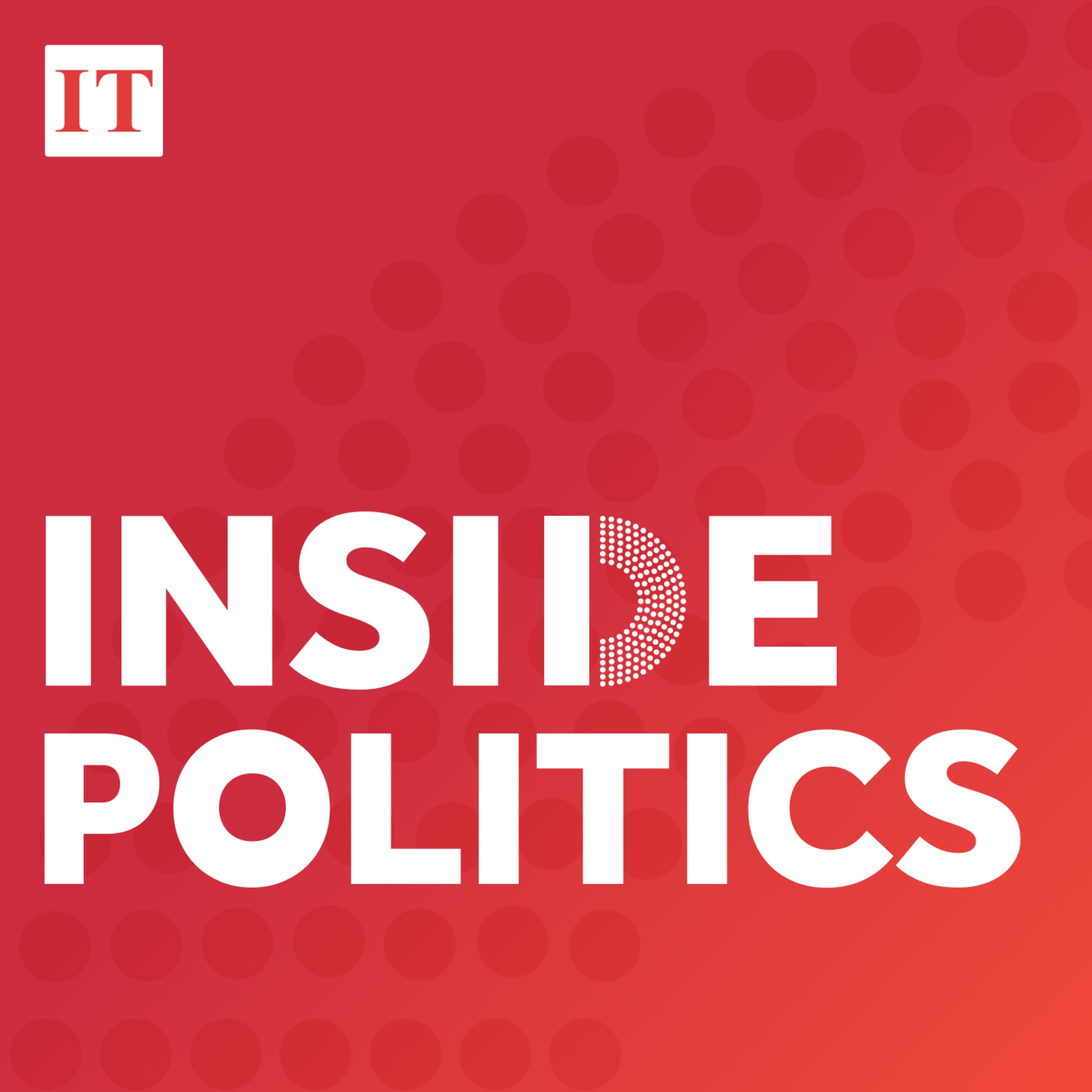The Anglo-Irish Treaty was signed on December 6th, 1921, ratified by the Dáil on January 7th, 1922, and embraced overwhelmingly by the electorate on June 16th,1922.
A year later, to the day, the Treaty was signed on December 6th 1922 and the Irish Free State’s existence received formal recognition. It worked. Yet, like Germany’s Weimar Republic (1918-1933), it was unloved.
The day itself was not celebrated. Perhaps that was understandable in the dark of Civil War, as cabinet ministers and their families huddled for security in Government buildings. Still, the anniversary was never celebrated in more peaceful times.

North and South, Ireland is divided on the unity question
Why? Like many new post-1918 European democracies, the Weimar Republic succumbed to authoritarian nationalism. Not the Irish Free State.
READ MORE
To a background cacophony of British sneers that the Irish were incapable of self-rule and unionist jeers at their demanding Tyrone while unable to control Tipperary, it fought grimly to survive against those who had learned from Pearse that voters don’t know what’s good for them.
Born in the violence of an unnecessary War of Independence, to defend its life it deployed draconian legislation and firing squads.
Not all of the members of the government that won the Civil War were democrats, nor all their opponents anti-democrats. Even so, more than being about the Treaty, the conflict was about whether the voters were the ultimate court of decision on how Ireland was to be governed.
The State born in blood on December 6th, 1922, stabilised and grew deep roots, thanks to those politically incorrect cultures, the Catholic Church and British parliamentary tradition. It was a democracy, which even the defeated tacitly acknowledged as they dumped arms in May 1923.
The British wanted an oath of allegiance to the king, but the Irish persuaded them to accept an oath of ‘true faith and allegiance’ to the Constitution and merely to be ‘faithful’ to the king
Was it a republic? Insisting that it was nothing like a republic, the defeated won the propaganda war. Always there lingered the feeling that since it wasn’t christened “republic” the 1922 birth was illegitimate.
Was that why it was unloved? In his book The Constitution of the Irish Free State (1932) the German constitutional scholar Leo Kohn, noting the constitution’s Article 2 stating that all powers of government come from the people (not from a monarch), and articles on fundamental rights, asserted that it was “an essentially republican constitution on most advanced continental lines”.
The British wanted an oath of allegiance to the king, but the Irish persuaded them to accept an oath of “true faith and allegiance” to the Constitution and merely to be “faithful” to the king. As WT Cosgrave entertainingly explained it, whereas allegiance was given to a superior, fidelity could be reciprocal between equals. Very republican, in its rejection of domination and favouring equality.
A democracy is rule by the people, in the sense of the majority, expressed in elections and referendums. A republic is rule by the people in the sense of each individual citizen. It is manifested in such non-majoritarian characteristics as a constitution, minority rights and individual rights, and an independent judiciary; a free press, equal say, and freedom from domination by dictators or gunmen. All have been present in the State throughout its century of life.
Form follows function. If it waddles, quacks, and functions like a duck, then — even if called something else — a duck is what it is. Kohn was right: a functioning republic was born in 1922. The 1948 Republic of Ireland Act merely formalised the fact that by nature the State is properly described as a Republic.
There is more. A republic isn’t just a set of legal institutions: it is also something living. Some Fenians thought of it as living in the people’s hearts. More accurately, it lives in the people’s free civic, sociopolitical, and legal practices and debates: it is the res publica, “the public thing”. That has been present since at least the 1880s.
The ultimate in negation of any republic, the ultimate in terrorising domination, is the existence of the IRA Army Council comprising unelected unknowns
The 1916 Rising added nothing. Irish people and political parties (save one) have long been republican in practice and outlook. In its repeated, systemic violation of the characteristics of a republic listed above, Sinn Féin is anti-republican. In the 1980s, one Sinn Féin leader termed constitutionalism a “galar” (disease).
The ultimate in negation of any republic, the ultimate in terrorising domination, is the existence of the IRA Army Council comprising unelected unknowns, enforcing its claim to be the government of an imaginary unrepublic of subjects, not citizens.
Sinn Féin’s refusal to recognise or even name the actual Republic is refusal to respect the political agency of its citizens, seeing them as (in anti-Treaty IRA leader Liam Lynch’s words in 1922) mere “sheep” to be herded.
The IRA/Sinn Féin has no regrets for its long war against our Republic.
Today, recognition matters. Tomorrow, December 6th, celebrate the recognition of this essentially republican State. Celebrate the people’s political life that is our Republic, and those who gave their lives so that it might live.
- Fr Séamus Murphy is an Irish Jesuit and Professor of Philosophy at Loyola University Chicago












